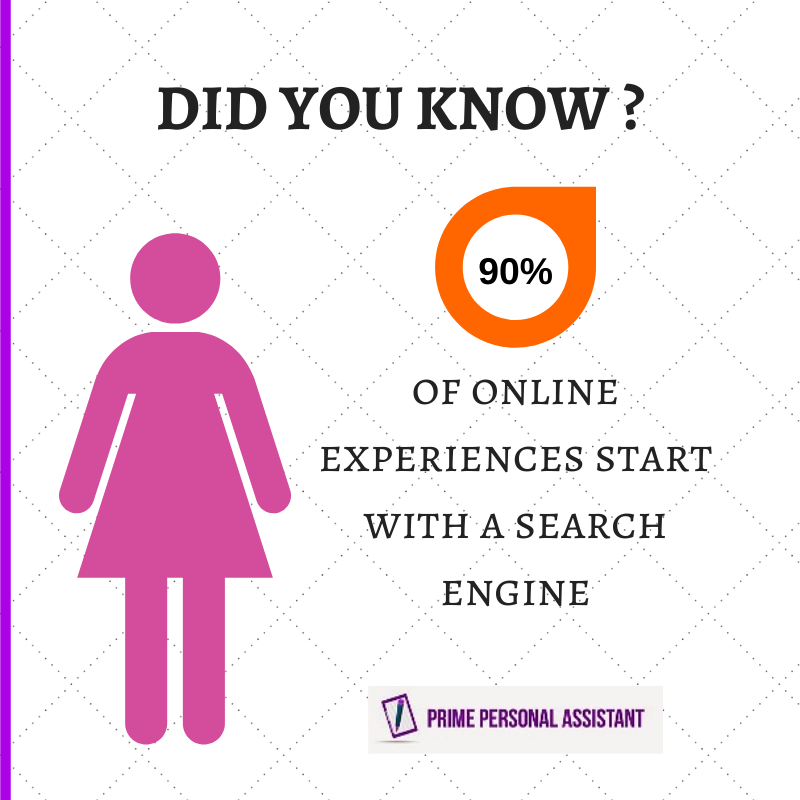Search engine optimisation (S.E.O.)
Search engine optimisation (SEO) is the process of optimising your website to get recognition to rank higher in Google search engines.

How to do SEO for your website
On-site optimisation is the process of individually optimising web pages to improve performance.
Keywords – Begin by doing keyword research to determine what the best keywords are for you to target.
Include the keywords in the following:
Title tag – The description of each page that shows up in big blue writing in Google search engine results.

This needs to be under 60 characters to guarantee the full title will show in results. We recommend between 50 and 60 characters.
There is a great checker here where you can enter your title tag. The title tag checker displays your title just as Google would in the search results.
Description – This is the description of your website that you will tell Google. It is displayed directly under the blue title in grey writing.
You can create a description by using an SEO tool or plugin. If you do not set up a specific page description, Google will do its best to use a description that matches this is taken from your web page’s content. We recommend that your description is no longer than 160 characters to ensure the whole description will be shown.
You can check here to see how your description will look in the search results.
Content – Include keywords in your web page content.
Images (Alt text) – Optimise your images for SEO by adding keywords to image text. This way, when a search is done in Google images for a keyword, your image will show up.
H1, H2, H3 etc. – These are the headings on your page. H1 would be the main heading, H2 is the following subheading and so on. Include keywords in these.
That is how to optimise your web pages for Google’s search engine. You can then do some off-site optimisation to drive even more traffic to your site.
Off-site optimisation is the process of optimising your website elsewhere away from your site.
Link building – You need to build credibility with Google. By linking to other pages that already have established a relationship with Google, you will boost your credibility. Getting links from reputable sites to your website will improve your position in search engine rankings. This is known as high-quality links.
The more links you have, the better; however, if these links are not high quality and created on a spammy website, this can negatively affect your website’s ranking.
Social media
Having a social media profile that your content or website is linked to and getting shares on social media will improve your credibility and ranking.
Guest posts
Writing a guest post on someone else’s blog can improve your SEO ranking, especially if they share on social media. Guest posting will build up your organic traffic.
Press release
Releasing news about your business to the press will earn you a backlink if they choose to feature you. This can help to improve your overall search engine rank.
The purpose of working on your SEO is to bring organic traffic to your website for free. Having a properly optimised website increases your overall position in the search results.
Optimising your web pages allows you to reach a wider audience already searching for exactly what you provide.

SEO is an essential step that needs to be applied to your website and web pages. Even if you focus on marketing your virtual assistant business through social media, you will still need to optimise profiles and descriptions to include keywords so your content can be found easily.

Our expert SEO expert will help you Improve your website and search engine ranking results.

